Steroid Shots in My Back Raise My Blood Pressure, Would a Nerve Block in Back Do the Same Thing
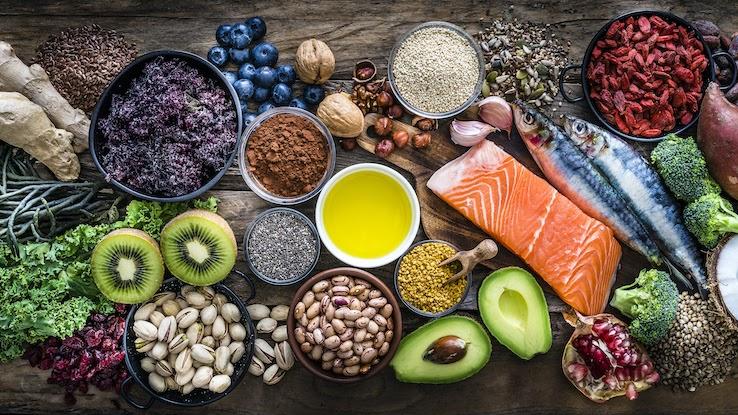
When you're diagnosed with high blood pressure, your doctor will likely help you adopt a new health regimen to improve your diet and start exercising. If your blood pressure is very high, your doctor may want you to start taking blood pressure-lowering medications. Although eating healthily can help you lower your blood pressure over time, there are specific foods you can eat that may reverse the condition faster than others. Eating these foods can have the added benefit of aiding in weight loss, which in turn will help lower your blood pressure as well.
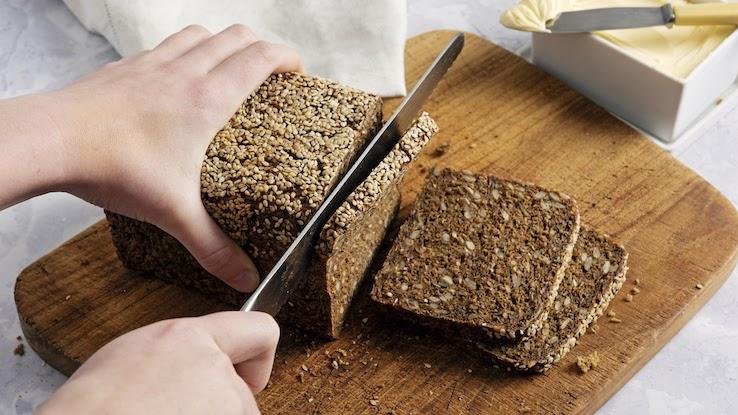
Whole grains are still completely intact and haven't undergone a refining process to remove their bran and germ components. Whole grains retain the entire grain kernel, making them higher in fiber and other nutrients than refined grains.
One of the many health benefits associated with consuming whole grains is a decrease in blood pressure. The high levels of potassium and magnesium in whole grains are also linked to lower blood pressure. Researchers believe these grains can help with weight control because they keep you feeling full for a longer period of time and also help maintain blood sugar levels.
Examples of whole grain foods that are recommended for lowering blood pressure are oatmeal, oat bran muffins and healthy sandwiches made on whole grain bread. Check that food labels say the items contain 100% whole grain or wheat, and avoid foods that list white or wheat flour as their first ingredient.
2. Low-Fat and Non-Fat Dairy
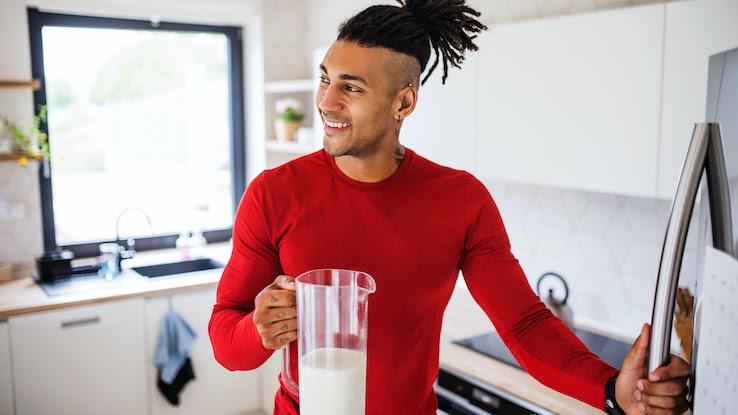
Calcium may protect against high blood pressure, and dairy products are high in both calcium and vitamin D. These two nutrients boost each other's health benefits and are more powerful at lowering blood pressure when consumed together. Adults still need to maintain adequate calcium levels, and a calcium deficiency can increase the risk of developing high blood pressure. Other dairy micronutrients, such as potassium and phosphorus, are also associated with lower blood pressure.
Eating dairy products that are low in fat, such as skim milk or fat-free yogurt, can help lower blood pressure significantly. To incorporate low-fat dairy into your meals, add skim milk to whole grain cereals for breakfast. For a healthy snack, add some fresh fruit and granola to a cup of fat-free yogurt.
3. Spinach
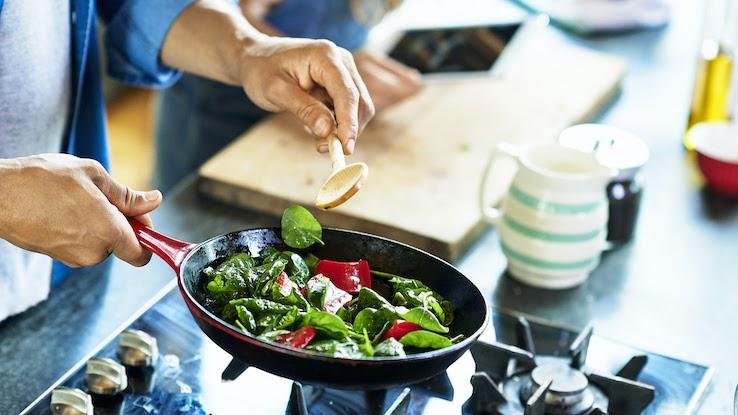
Nitrate-rich leafy greens, such as spinach, can lower blood pressure by improving arterial blood flow. Spinach is also packed with magnesium and folate, which may not only help lower blood pressure but also help maintain healthy blood pressure over time. Spinach is also a great choice for maintaining a healthy weight because it's so low in calories.
Whether it's fresh, pre-packaged or frozen, you can add spinach to your diet in a variety of ways. For breakfast, add some fresh spinach leaves to egg whites. Add fresh or packaged spinach leaves to just about any lunch salad, and replace lettuce on sandwiches with fresh spinach leaves. Toss some spinach leaves with other fresh veggies and add them to pasta dishes for a healthy dinner entree.
4. Nuts, Seeds and Beans
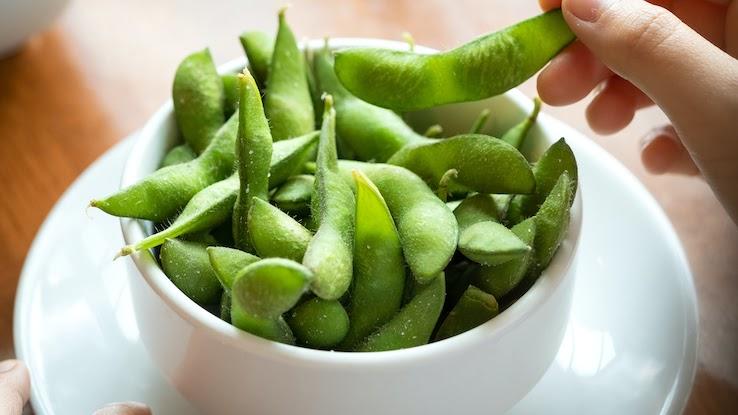
Also full of magnesium and potassium, nuts, seeds and beans are key components to add to your diet to fight against high blood pressure. They're also low in carbohydrates and high in protein and fiber, making them good choices for maintaining healthy weight and blood sugar levels. Nuts even contain the amino acid L-arginine, which makes nitric oxide to relax blood vessels.
Be sure to stay away from any salted varieties of these foods; high sodium levels are a known risk factor for high blood pressure. Nuts, seeds and beans make an easy, quick snack on their own, but you can also add them to salads, soups and sandwiches at various meals.
5. Bananas

Known for being an excellent source of potassium, bananas can significantly impact blood pressure levels. When potassium in your body dips below recommended levels, your body will hang onto sodium, which in turn can raise your blood pressure. Conversely, when your potassium levels are high, your body will release stores of sodium, resulting in lower blood pressure.
Eating bananas is a quick and easy way to keep your potassium and sodium levels in a proper balance. Add sliced bananas to whole grain cereal or oatmeal for a heart-healthy breakfast. For a healthy snack, add banana slices on top of whole grain bread with some peanut butter, or add frozen bananas to a fresh fruit and fat-free yogurt smoothie.
6. Baked Potatoes
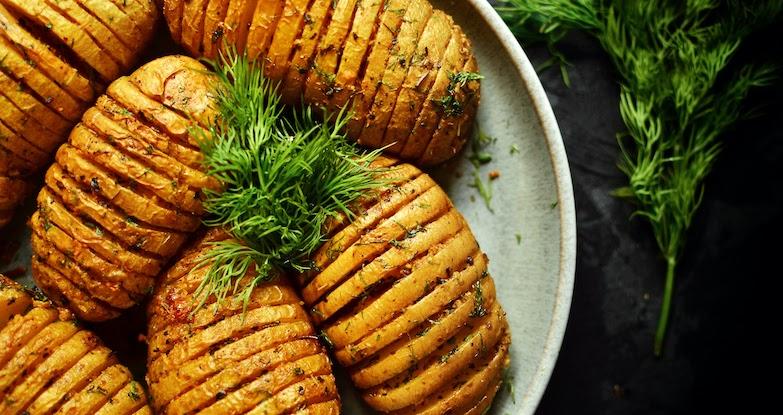
Potatoes have gotten some bad press over the years. Known for being high in carbs, many people avoid this vegetable out of fear of gaining weight. However, if you prepare and eat them properly, potatoes can be a nutritious addition to a healthy diet plan. Potatoes are fat-free and cholesterol-free and are a rich source of magnesium and fiber. Much like bananas, baked potatoes also pack a whopping punch of potassium into every serving.
Eating baked potatoes can help lower your blood pressure by keeping your potassium levels high and sodium levels low. For added flavor, eat your baked potato with some fresh minced garlic or chopped chives.
7. Dark Chocolate

Dark chocolate is gaining recognition in the world of healthy foods. Unlike milk chocolate, dark chocolate is very high in antioxidants and vital nutrients. Just one half-ounce serving of dark chocolate a day may help to bring blood pressure levels back down to the normal range.
Although the connection between dark chocolate and lower blood pressure hasn't officially been established, it's believed that the antioxidants in the chocolate can help eliminate free radicals, thereby improving overall heart health. The antioxidants in dark chocolate occur due to its cocoa content; therefore, look for chocolate that contains at least 50–70% cocoa.
8. Salmon
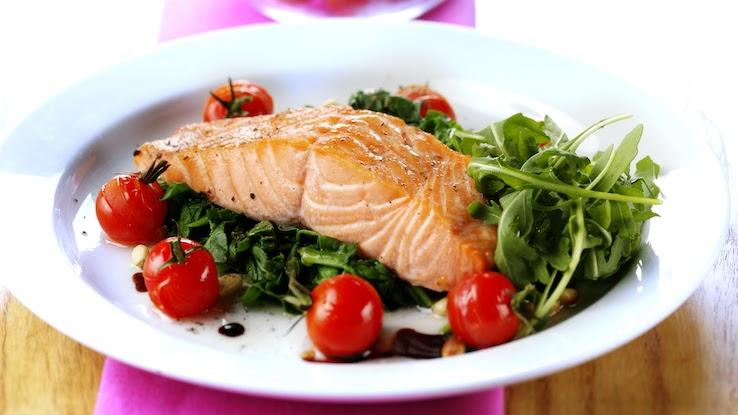
Salmon is an excellent lean protein choice that can help lower blood pressure numbers and offer many other cardiovascular benefits. In addition to being high in protein, salmon contains a large amount of B vitamins and omega-3 fatty acids, which provide many antioxidant and anti-inflammatory properties that help protect your cardiovascular system. Salmon is also low in fat, and the fats that are present are the healthy kind.
To enjoy all of the health benefits of salmon, it's important to opt for healthy preparation techniques, such as grilling, broiling or baking. Add flavor without adding sodium by brushing on some olive oil and sprinkling on black pepper.
9. Green Tea

Some studies have shown that green tea consumption is linked to lower blood pressure. Although there aren't many studies supporting this theory, and some of the results have varied, drinking green tea has been recognized as a holistic approach to reduce blood pressure for centuries. The flavonoids in green tea help dilate blood vessels and also have antioxidant properties that protect against free radical compounds, which can elevate blood pressure. Try a cup of hot green tea in place of your morning coffee.
10. Avocados
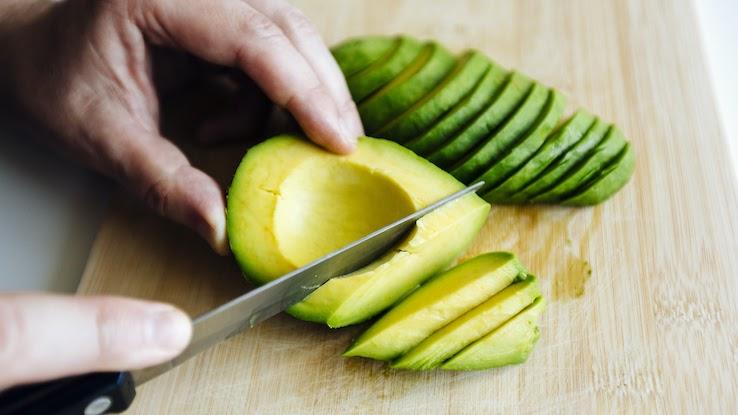
Avocados have gained a lot of recognition as a superfood. They're high in protein, fiber and monounsaturated fatty acids, which are healthy fats that can have many cardio-protective benefits when you eat them in moderation. These heart-healthy monounsaturated fatty acids — in addition to many other nutrients found in avocados, such as B vitamins and vitamin C — have antioxidant properties that promote cardiovascular health.
Avocados also contain magnesium, phosphorus and folate, which help maintain blood pressure levels. Another surprising fact most people don't know is that avocados contain more potassium than bananas. This combination of nutrients is what makes avocados a healthy, blood pressure-lowering food.
Resource Links:
https://www.mayoclinic.org/healthy-lifestyle/nutrition-and-healthy-eating/in-depth/dash-diet/art-20048456
https://hopkinsdiabetesinfo.org/7-foods-to-eat-to-lower-blood-pressure/
https://www.nhlbi.nih.gov/files/docs/public/heart/hbp_low.pdf
https://www.mayoclinic.org/diseases-conditions/high-blood-pressure/expert-answers/whole-grain-foods/faq-20058417
https://www.henryford.com/blog/2020/04/lower-blood-pressure
https://www.ncbi.nlm.nih.gov/pmc/articles/PMC3289141/
https://www.ncbi.nlm.nih.gov/pmc/articles/PMC4525132/
https://www.ncbi.nlm.nih.gov/pmc/articles/PMC4202446/
https://www.heart.org/en/health-topics/high-blood-pressure/changes-you-can-make-to-manage-high-blood-pressure/how-potassium-can-help-control-high-blood-pressure
https://www.uab.edu/shp/nutritiontrends/recipes-food-facts/food-facts/defending-potato
https://www.heart.org/en/news/2019/02/12/are-there-health-benefits-from-chocolate
https://www.aarp.org/health/medical-research/info-03-2011/dark-chocolate-can-help-lower-your-blood-pressure.html
https://safebeat.org/cardiac/heart_health/12_health_benefits_of_salmon_for_the_heart_brain_and_much_more/
https://www.livestrong.com/article/117686-health-benefits-salmon/
https://www.ncbi.nlm.nih.gov/pmc/articles/PMC4150247/
https://pubmed.ncbi.nlm.nih.gov/10404946/
https://www.cedars-sinai.org/blog/healthy-and-delicious-avocado.html
https://utswmed.org/medblog/avocado-a-day/
https://www.livestrong.com/article/365283-is-avocado-bad-for-your-health/
MORE FROM SYMPTOMFIND.COM
Steroid Shots in My Back Raise My Blood Pressure, Would a Nerve Block in Back Do the Same Thing
Source: https://www.symptomfind.com/health/healthy-foods-lower-blood-pressure?utm_content=params%3Ao%3D740013%26ad%3DdirN%26qo%3DserpIndex
0 Response to "Steroid Shots in My Back Raise My Blood Pressure, Would a Nerve Block in Back Do the Same Thing"
Postar um comentário